Hoists and Slings for Disabled: A Comprehensive Guide to Enhancing Mobility and Comfort
Mobility aids, such as patient lifts and slings, are crucial in improving the lives of individuals with disabilities, providing support that fosters independence, safety, and overall comfort. Among these aids, hoyer lifts, patient lift slings, and sit to stand lifts play essential roles in assisting both users and caregivers. These tools make transitions smoother and safer, reducing the risk of injury and enhancing quality of life.
This guide will explore different types of hoyer lifts and slings, their benefits, and key factors to consider when choosing equipment. By understanding these essential mobility aids, readers can make informed decisions that suit their specific needs.

Table of Contents
- Section 1: What Are Hoists and Slings
- Section 2: Types of Hoists
- Section 3: Types of Slings
- Section 4: Key Benefits of Using Hoists and Slings
- Section 5: Considerations When Choosing Hoists and Slings
- Section 6: Tips for Safe Use and Maintenance
Section 1: What Are Hoists and Slings?
Selecting the appropriate lifting technique for a patient is influenced by several critical factors: the patient's level of mobility, their overall health condition, and the specific environment where the lift is performed. Before any lifting attempt, it is essential to thoroughly assess the patient's physical capabilities and mental state. Mobility aids and assessments by healthcare professionals play a pivotal role in determining the safest method for patient handling. This evaluation helps prevent accidents and ensures that all movements are tailored to the individual needs of the patient, promoting safety and comfort.
Definition and Purpose
The term, "Hoyer Lifts", has widely become interchangeable with patient lifts due to the Hoyer Brands popularity, but there are many brands that provide portable patient lifts similar to Hoyer's. These are devices designed to lift and transfer individuals with limited mobility from one place to another, such as from a bed to a wheelchair. These lifts use a hoyer sling or lift sling to safely cradle and support the user during the transfer.
Slings come in various styles, including full body patient lift slings, to cater to different needs and ensure comfort. Hoyer lift slings full body types provide comprehensive support, whereas smaller slings are suitable for quick sit to stand transfers.
Common Uses
Common scenarios for using patient lifts & slings include:
- Transfers between furniture: Moving a person from a bed to a chair or vice versa.
- Bathroom and hygiene assistance: Using hoyer slings for patient lifts helps facilitate personal care.
- Rehabilitation support: Using a sit to stand lift or standing lift during therapy.
Who Benefits?
These devices benefit a wide range of individuals, including:
- People with muscular dystrophy or severe arthritis.
- Seniors needing home assistance, using a hoyer lift for home.
- Caregivers, who rely on patient sit to stand lifts and full body slings to manage safe transfers without physical strain.
Section 2: Types of Hoists
Selecting the appropriate lifting technique for a patient is influenced by several critical factors: the patient's level of mobility, their overall health condition, and the specific environment where the lift is performed. Before any lifting attempt, it is essential to thoroughly assess the patient's physical capabilities and mental state. Mobility aids and assessments by healthcare professionals play a pivotal role in determining the safest method for patient handling. This evaluation helps prevent accidents and ensures that all movements are tailored to the individual needs of the patient, promoting safety and comfort.
Manual Hoists
Manual hoists, or hydraulic patient lifts, are powered by a hand pump and are budget-friendly. Although they don't require electricity, they can be physically demanding for caregivers. Hydraulic hoyer lift patient lifts are effective for homes with limited access to electrical outlets, offering reliable support at a reasonable hoyer lift price.

Powered Hoists
Electric hoyer lifts, such as electric patient lifts and sit to stand machines, offer a seamless and user-friendly experience. These hoists require less physical effort, operate with the push of a button, and can be used for a variety of tasks. Hoyer lifts for home use provide convenience and are especially helpful for individuals who need frequent transfers.
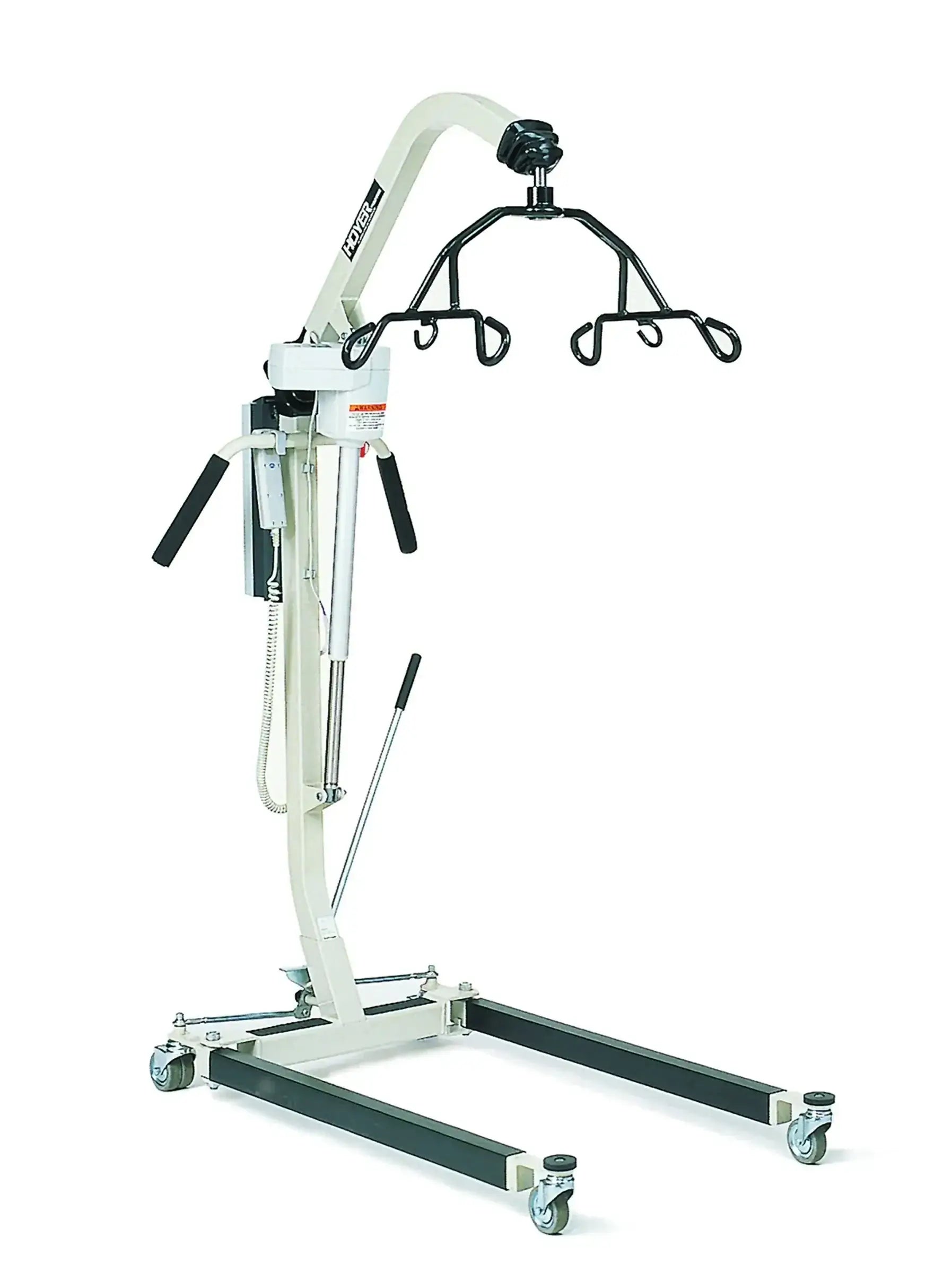
Ceiling-Mounted Hoists
Ceiling hoyer lifts are installed on tracks and allow for consistent movement across a room or between rooms. Ideal for long-term care or facilities, they save floor space and offer effortless transfers. These lifts are a more permanent solution and often come at a higher hoyer lift cost but can be invaluable for continuous use.
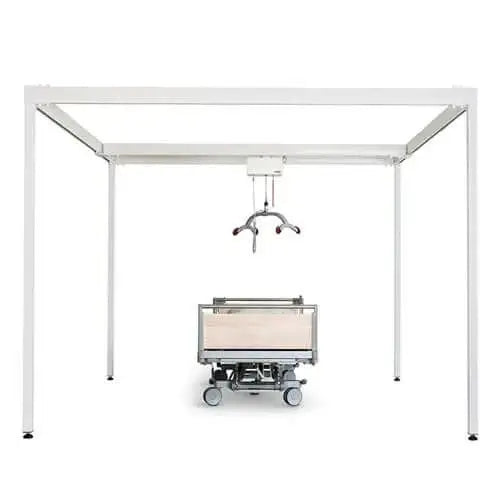
Portable Hoists
Portable hoyer lifts and patient lift portable options are practical for users who need flexibility. These portable patient lifts can be transported between rooms or even taken on trips, making them ideal for temporary setups or changing care environments.
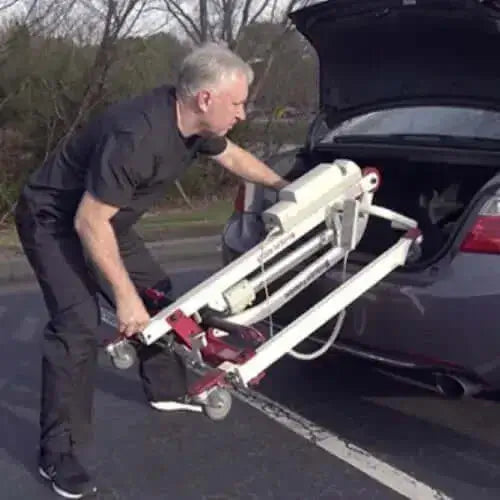
Section 3: Types of Slings
Selecting the appropriate lifting technique for a patient is influenced by several critical factors: the patient's level of mobility, their overall health condition, and the specific environment where the lift is performed. Before any lifting attempt, it is essential to thoroughly assess the patient's physical capabilities and mental state. Mobility aids and assessments by healthcare professionals play a pivotal role in determining the safest method for patient handling. This evaluation helps prevent accidents and ensures that all movements are tailored to the individual needs of the patient, promoting safety and comfort.
General-Purpose Slings
General-purpose slings, compatible with most hoyer lifts, are versatile and can be used for everyday transfers. They provide good support and can be used with hydraulic hoyer lifts or electric patient lifts.
Hygiene Slings
Hoyer slings for patient lifts designed for hygiene purposes facilitate easier toileting and bathing. These slings feature an open design for convenience and can be used in conjunction with a patient sit to stand lift or stand and lift systems.
Specialized Slings
Specialized slings include full body patient lift slings and slings tailored for children or specific conditions. A full body sling for a hoyer lift offers complete body support, crucial for individuals who require more stability during transfers.
Materials and Comfort
The material of a sling hoyer affects user comfort and longevity. Options range from mesh, which is suitable for bathing, to padded slings for long-term use. Hoyer pads add an extra layer of comfort and help prevent skin irritation.
Enhanced Safety
Hoyer lifts and slings for hoyer patient lifts are designed to minimize the risk of injury during transfers. By reducing manual handling, caregivers can maintain better posture and avoid back strain. Patient lifts for home use ensure that transfers happen smoothly and with minimal risk.
Section 4: Key Benefits of Using Hoist and Slings
Selecting the appropriate lifting technique for a patient is influenced by several critical factors: the patient's level of mobility, their overall health condition, and the specific environment where the lift is performed. Before any lifting attempt, it is essential to thoroughly assess the patient's physical capabilities and mental state. Mobility aids and assessments by healthcare professionals play a pivotal role in determining the safest method for patient handling. This evaluation helps prevent accidents and ensures that all movements are tailored to the individual needs of the patient, promoting safety and comfort.
Improved Mobility
Using tools like the sit and stand hoyer lift or standing lift can improve an individual's mobility and sense of independence. These lifts provide the support needed to move with ease, enabling users to participate more in daily activities.
Caregiver Support
Bestcare Lifts and Molift Lifts provide substantial help to caregivers by facilitating safe, efficient transfers. This support reduces the physical strain on caregivers, allowing them to focus on other aspects of care.
Quality of Life
With the assistance of hoyer lift slings full body and full body sling hoyer lifts, users can experience a significant boost in comfort and independence. Hoyer lifts for sale cater to both personal and clinical use, improving quality of life and maintaining dignity in daily routines.
Section 5: Considerations When Choosing Hoists and Slings
Selecting the appropriate lifting technique for a patient is influenced by several critical factors: the patient's level of mobility, their overall health condition, and the specific environment where the lift is performed. Before any lifting attempt, it is essential to thoroughly assess the patient's physical capabilities and mental state. Mobility aids and assessments by healthcare professionals play a pivotal role in determining the safest method for patient handling. This evaluation helps prevent accidents and ensures that all movements are tailored to the individual needs of the patient, promoting safety and comfort.
Weight Capacity
It’s essential to match the patient lift sling with the user's weight to avoid accidents. Using slings and lifts that meet capacity requirements ensures reliable performance.
User Comfort
Hoyer lift sling types come with various padding and support structures. Hoyer pads can enhance comfort, especially for long transfers, preventing skin irritation and pressure sores.
Space and Setup
Consider the space available at home. A hoyer lift for home may require more space for maneuvering, while ceiling hoyer lifts eliminate floor obstacles but need installation.
Budget and Insurance
The hoyer lift price varies based on type and model. Check insurance policies as some might cover the cost of home patient lifts. Investing in a high-quality hoyer lift for sale could save costs in the long run by ensuring longevity and reliability.
Ease of Use and Maintenance
Choose a hydraulic hoyer lift or electric patient lift based on how easy it is for caregivers to operate and maintain. Proper training is essential for effective use, and many patient lifts for sale come with training materials or sessions.
Section 6: Tips for Safe Use and Maintenance
Selecting the appropriate lifting technique for a patient is influenced by several critical factors: the patient's level of mobility, their overall health condition, and the specific environment where the lift is performed. Before any lifting attempt, it is essential to thoroughly assess the patient's physical capabilities and mental state. Mobility aids and assessments by healthcare professionals play a pivotal role in determining the safest method for patient handling. This evaluation helps prevent accidents and ensures that all movements are tailored to the individual needs of the patient, promoting safety and comfort.
Regular Inspections
Ensure that your hoyer lift and hoyer slings are in good condition by performing regular checks for wear and tear, such as fraying straps or mechanical issues. This proactive approach helps prevent potential mishaps.
Cleaning and Hygiene
Keeping hoyer lift slings full body clean prevents skin infections and maintains the equipment's longevity. Follow manufacturer instructions to ensure proper hygiene.
Training for Users and Caregivers
Training for both caregivers and users on how to use a sit and stand lift or full body sling for hoyer lifts is crucial for safety. Training can help familiarize them with controls and best practices for safe transfers.
Conclusion
Hoyer lifts, patient sit to stand lifts, and hoyer lift slings provide invaluable support to individuals with limited mobility, enhancing their comfort and safety while reducing caregiver strain. Understanding the types, benefits, and considerations for these aids ensures that the right choices are made for effective use. With options ranging from portable patient lifts to electric hoyer lifts, there is a solution for every need and environment. Investing in the right hoyer lift for home or clinical use promotes independence and overall well-being, making daily life safer and more comfortable.
Let Us Know What You Think!
Your thoughts and questions are incredibly valuable to us, and we'd love to hear from you. If you have additional insights to share, your comments can spark meaningful discussions and enhance the collective knowledge of our community. Don't hesitate to ask any questions you may have; our team is here to provide answers and engage with you. So, please, take a moment to leave a comment or question below. Your input is much appreciated!



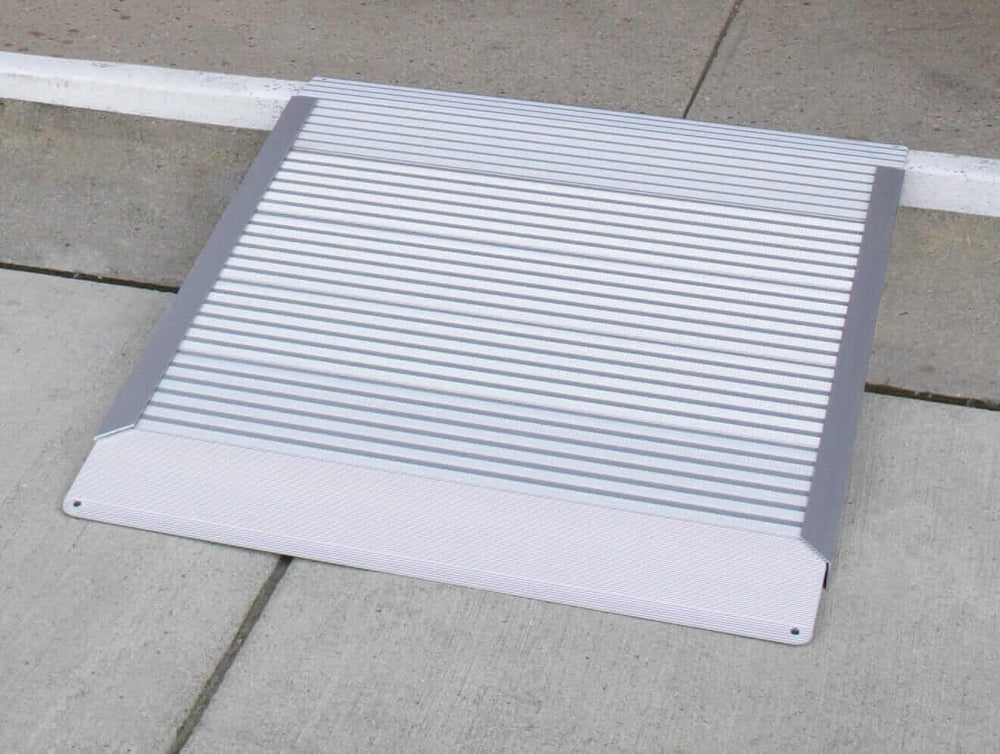

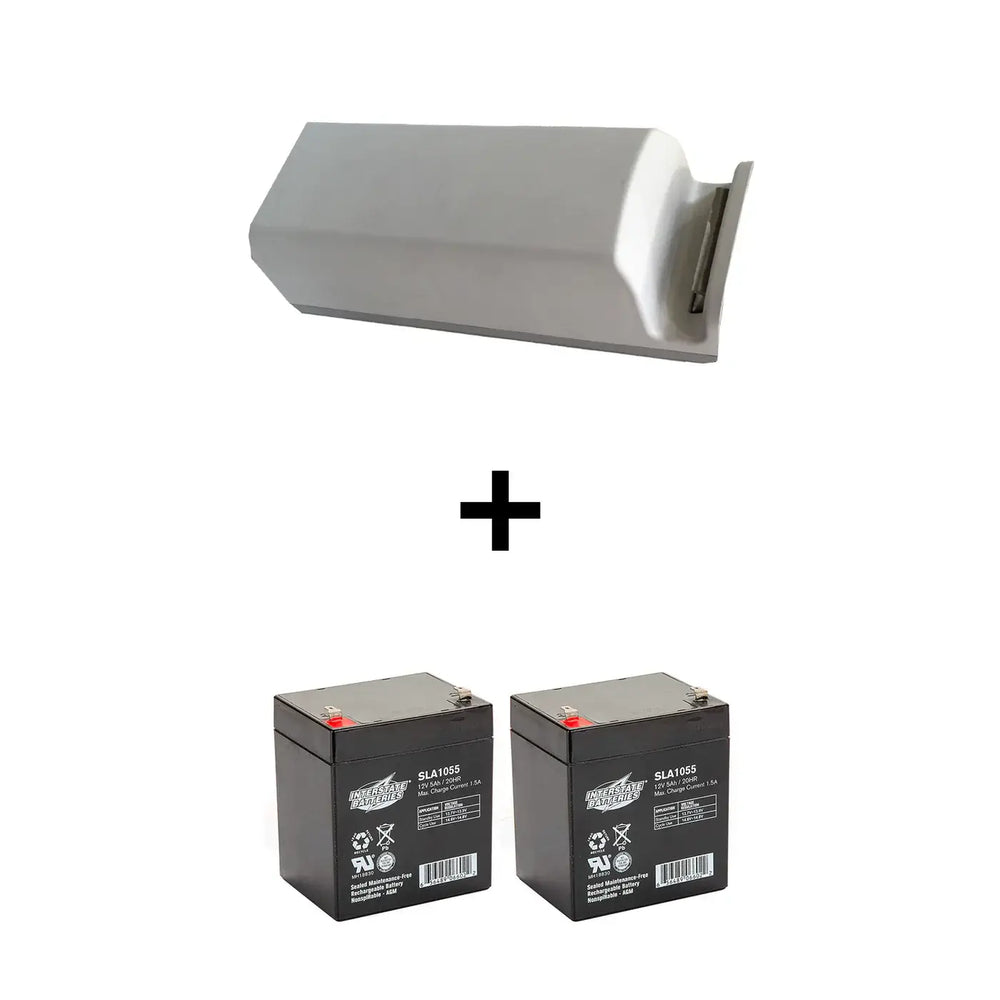

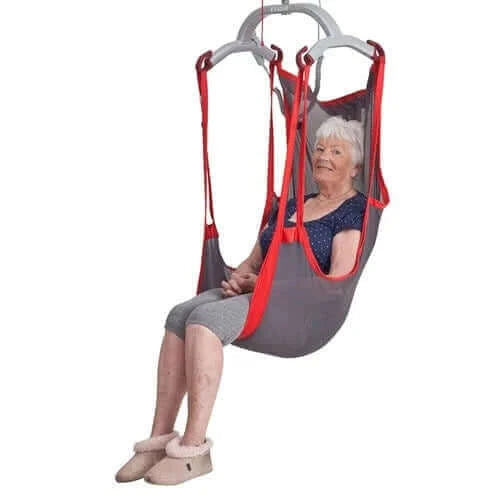
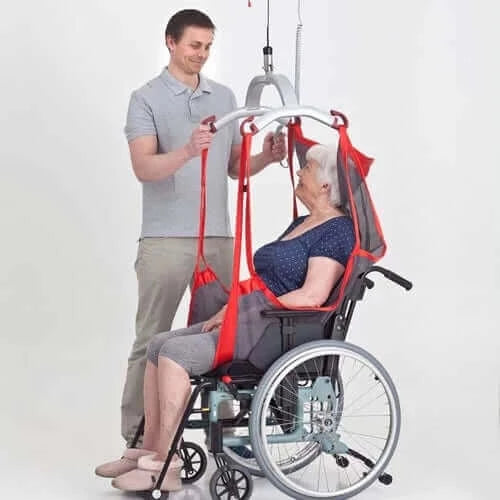
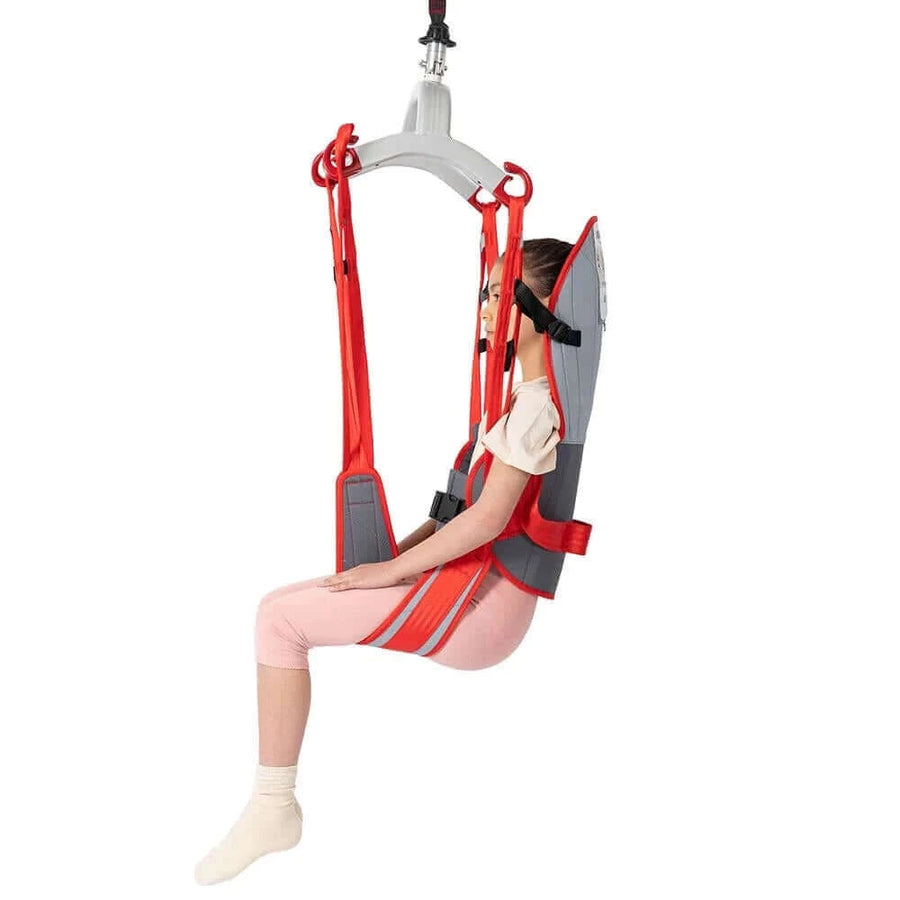
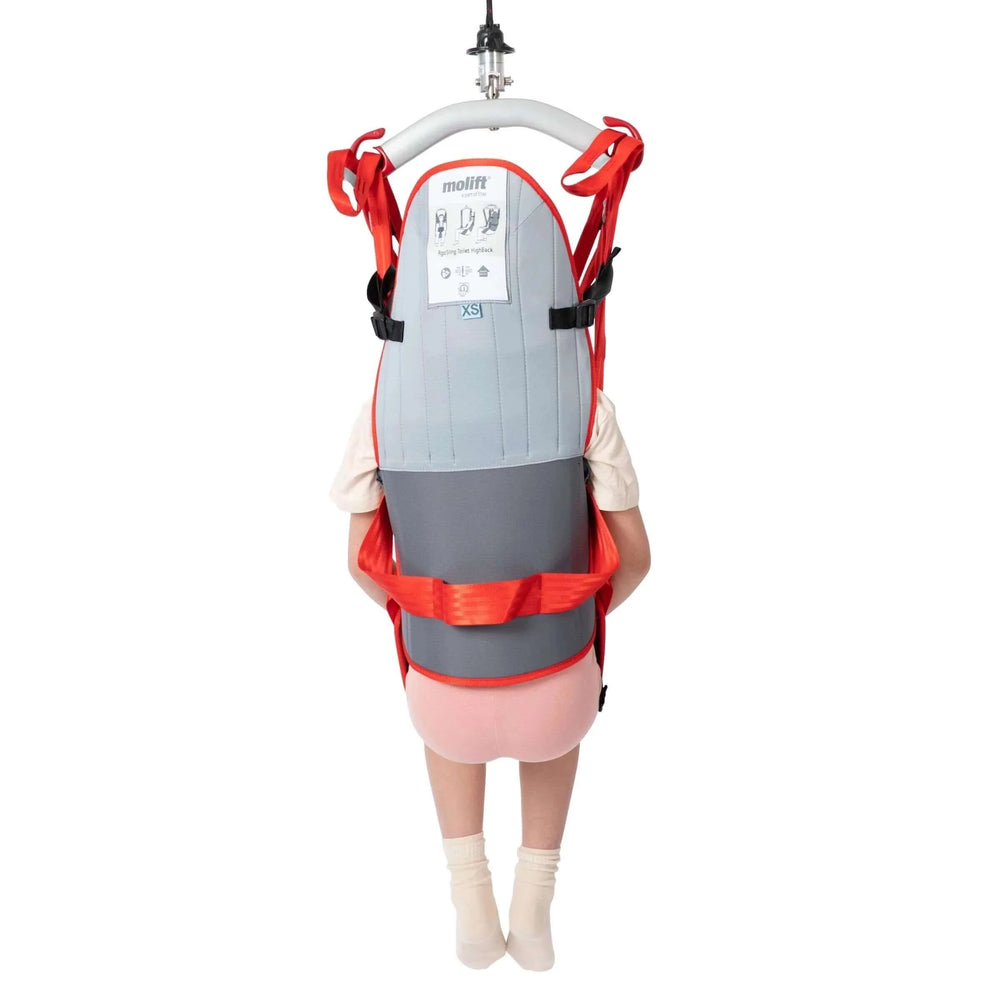
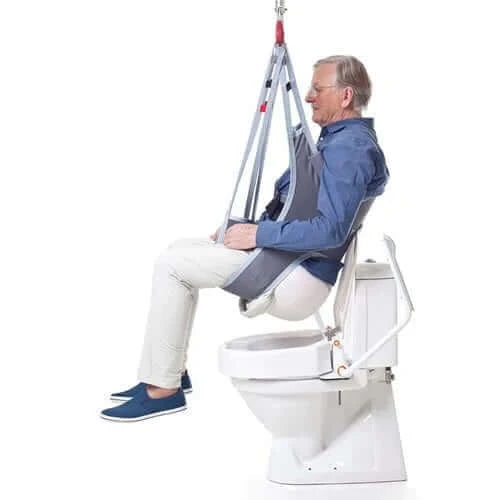
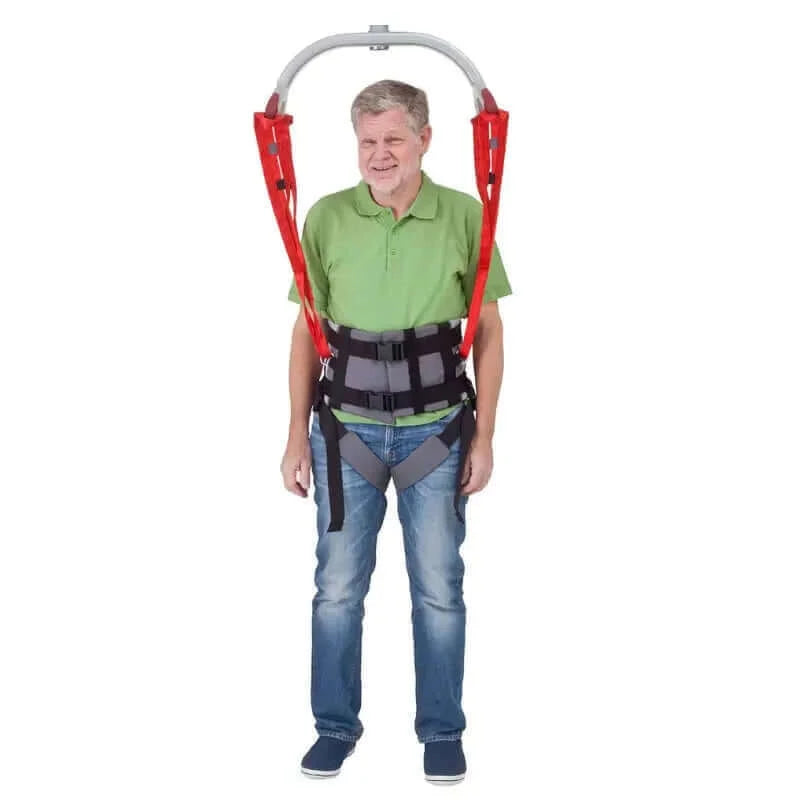
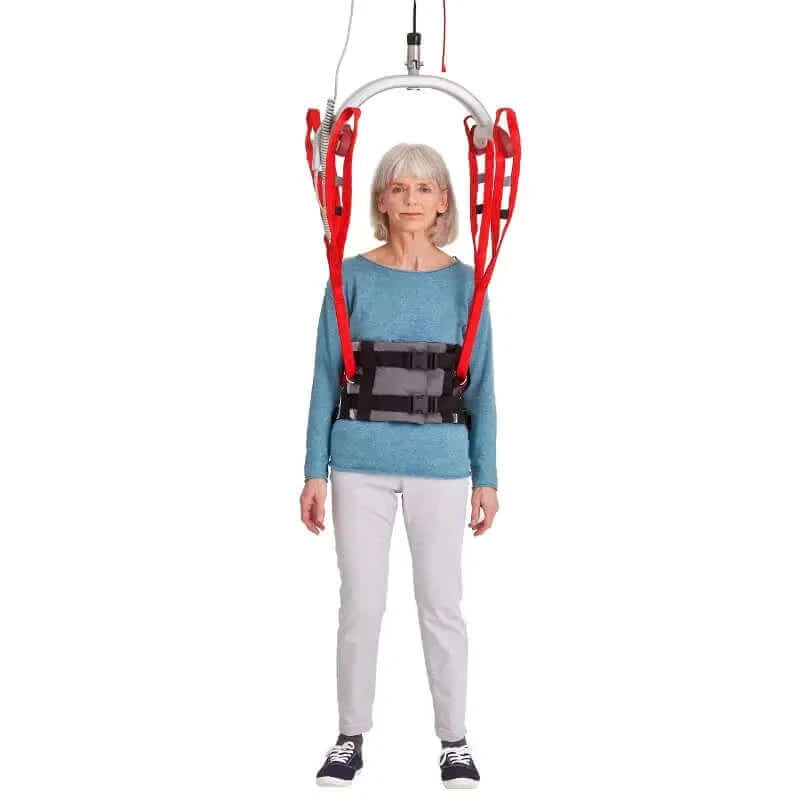
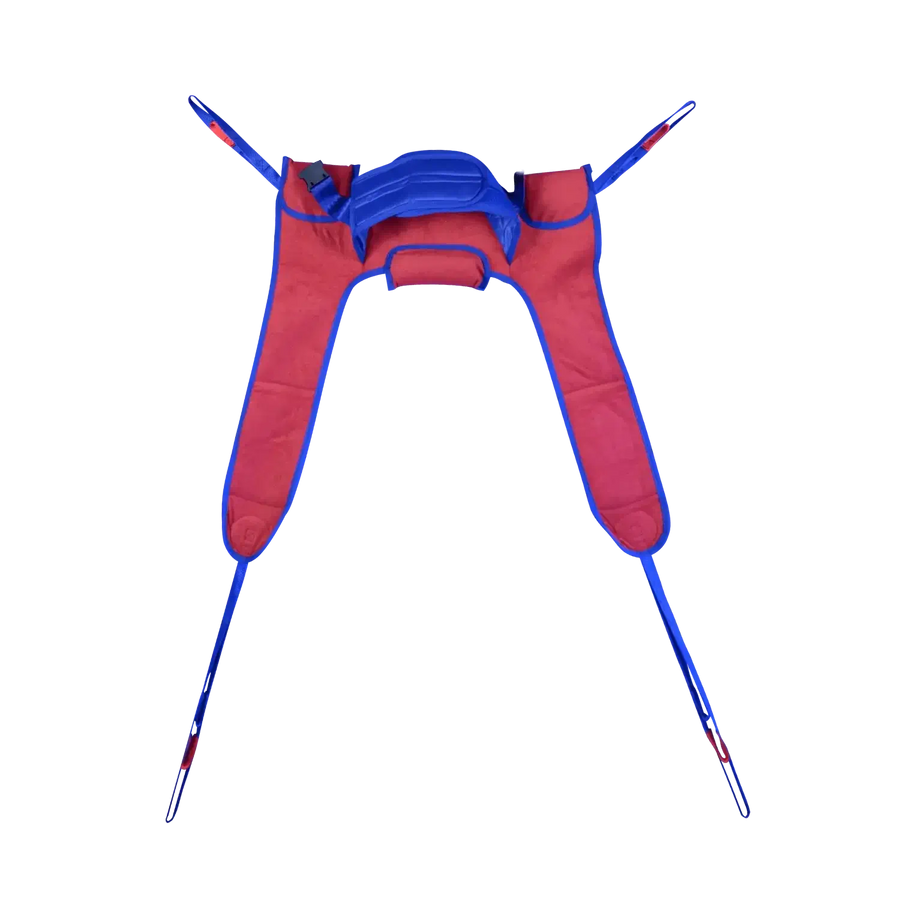

Leave a comment